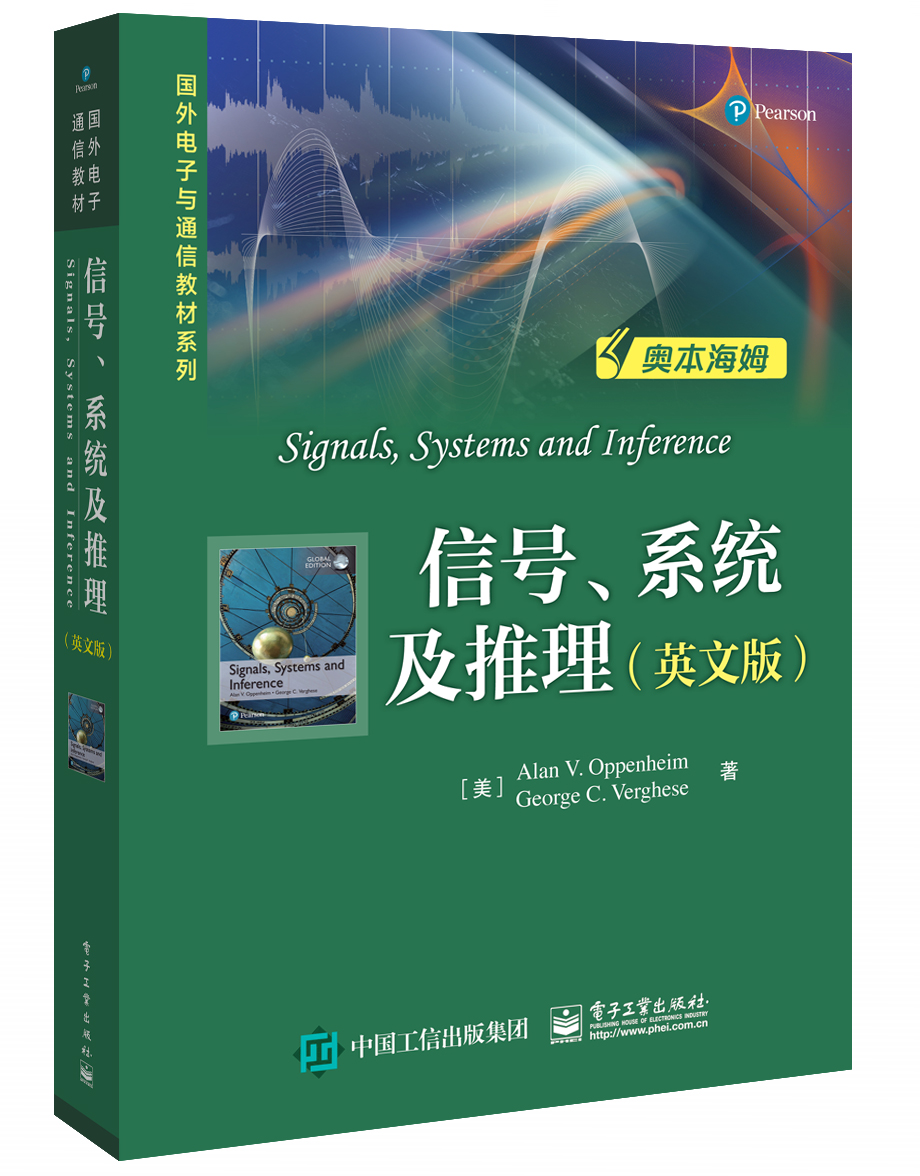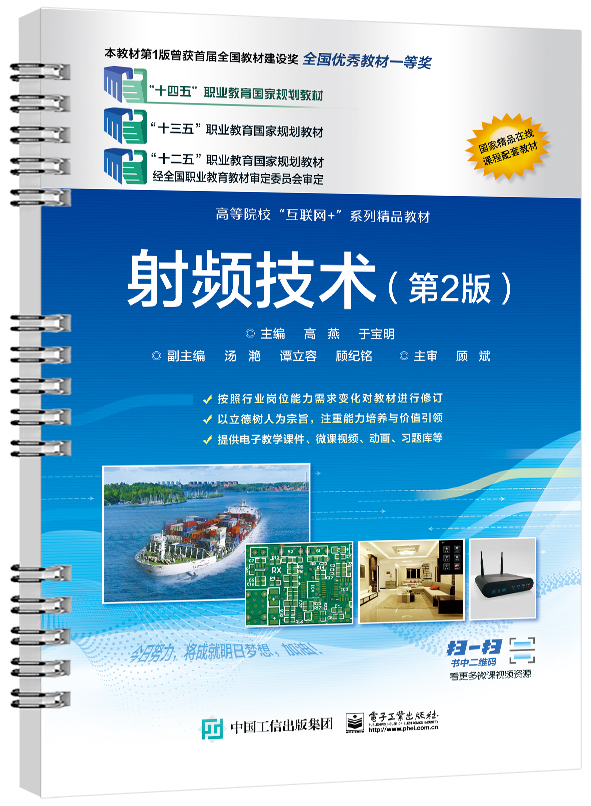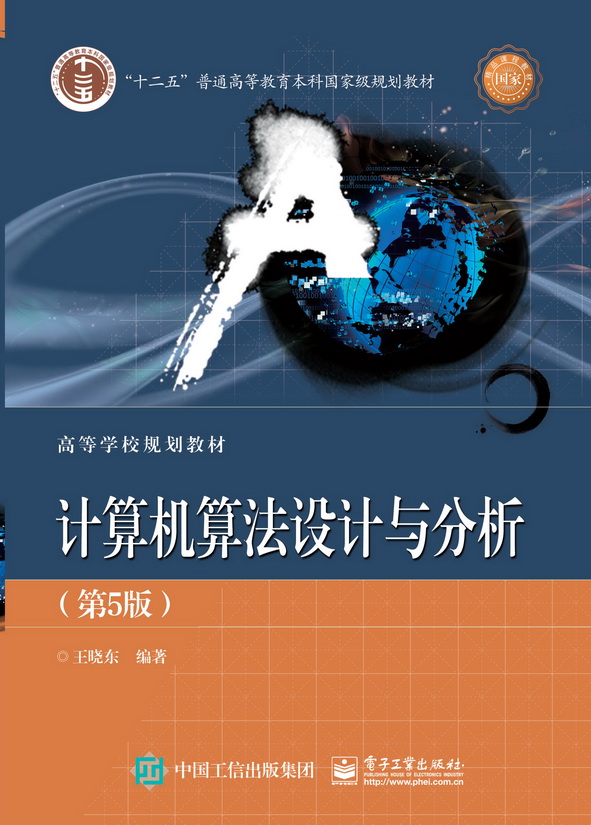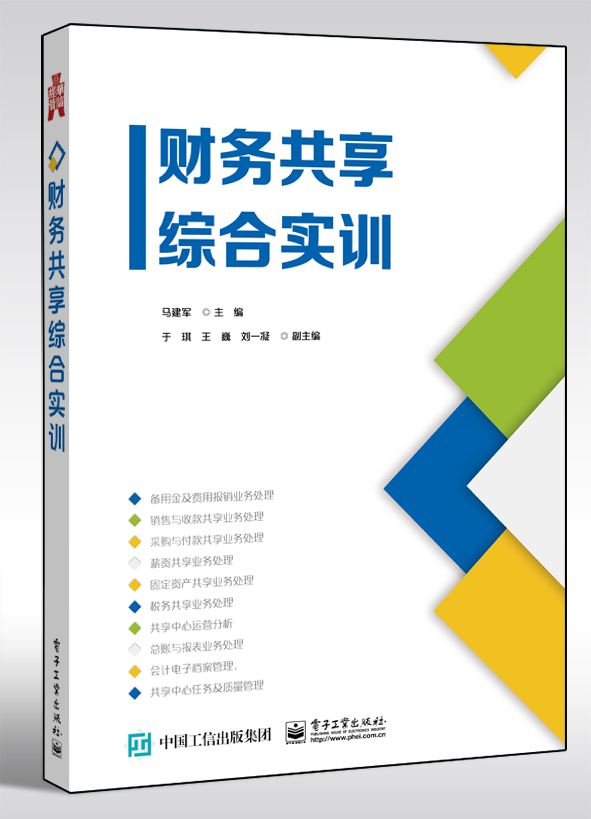信号、系统及推理(英文版)
丛 书 名:
国外电子与通信教材系列
作 译 者:无
出 版 日 期:2020-07-01
书 代 号:G0391680
I S B N:9787121391682
图书简介:
本书是美国麻省理工学院(MIT)知名教授奥本海姆的近年力作,是其在MIT开展了二十余年的Signals, Systems and Inference课程所涉及知识体系的拓展和延伸。本书详细阐述了确定性信号与系统的性质和表示形式,包括群延迟和状态空间模型的结构与行为;引入了相关函数和功率谱密度来描述和处理随机信号。本书涉及的应用实例包括脉冲幅度调制,基于观测器的反馈控制,最小均方误差估计下的最佳线性滤波器,以及匹配滤波器;强调了基于模型的推理方法,特别是针对状态估计、信号估计和信号检测的应用。本书融合并扩展了信号与系统时频域分析的基本素材和概率论知识,这些都是信号处理、控制、通信、金融工程、生物医学工程等工程和应用科学领域的基本分析方法。
-
配 套 资 源
-
图 书 内 容
内容简介
本书是美国麻省理工学院(MIT)知名教授奥本海姆的近年力作,是其在MIT开展了二十余年的Signals, Systems and Inference课程所涉及知识体系的拓展和延伸。本书详细阐述了确定性信号与系统的性质和表示形式,包括群延迟和状态空间模型的结构与行为;引入了相关函数和功率谱密度来描述和处理随机信号。本书涉及的应用实例包括脉冲幅度调制,基于观测器的反馈控制,最小均方误差估计下的最佳线性滤波器,以及匹配滤波器;强调了基于模型的推理方法,特别是针对状态估计、信号估计和信号检测的应用。本书融合并扩展了信号与系统时频域分析的基本素材和概率论知识,这些都是信号处理、控制、通信、金融工程、生物医学工程等工程和应用科学领域的基本分析方法。图书详情
ISBN:9787121391682开 本:16开页 数:604字 数:1256本书目录
前 言
本书暂无前言作者简介
本书暂无作者简介 -
样 章 试 读
-
图 书 评 价 我要评论









